Porsche Taycan Specs: 22 Things You Need to Know
Debuting four years ago as the Mission E concept, Porsche has today revealed its first fully-electric production car, the Taycan. The numbers do not disappoint.
Set to lead the EV charge amongst legacy automakers and become the first serious rival to Tesla’s stronghold on the high-end electric car market, the debut took place simultaneously in Canada, China, and Germany.
As promised in our article about the Taycan’s interior two weeks ago, we are now able to share the juicy details about its performance, charging, and other specs.
So without further ado, here’s what you need to know about Porsche Taycan.
1. There will be two models available at launch, the Turbo and Turbo S
Porsche is going big with the Taycan by offering its top two trim levels at launch. Customers will be able to choose between the Turbo and Turbo S variants that tap in to the Taycan’s performance capabilities.
2. It has the lowest drag coefficient rating of any Porsche
Porsche claims that the Taycan has a drag coefficient rating of 0.22-0.25, the lowest Porsche has achieved in one of their cars. To put that into perspective, the Panamera has a drag coefficient rating of 0.28, the 911 Turbo has a rating of 0.31 and a Tesla Model S has a rating of 0.24
3. Porsche Taycan Dimensions
The Taycan measures in at 4,963 mm long (195.4 inches), 1,966 mm wide (77.4 inches), and is 1,378 mm tall (54.3 inches). It has a wheelbase of 2,900 mm (114.1 inches) and weighs 2,323 kg. (5,121 lbs.).
It has a lower height and centre of gravity compared to the Panamera. In fact, its centre of gravity is similar to a 911.
4. The performance numbers are staggering
Whether you choose the Turbo or the Turbo S, there will be no shortage of performance at your disposal. The Turbo will produce 670 horsepower (500 kW) and 626 lb-ft of torque. It can reach 0-60 mph in 3.0 seconds, 0-100 km/h in 3.2 seconds, and 0-200 km/h in 10.6 seconds.
If you want even more power, the Turbo S will produce 750 horsepower (560 kW) and 774 lb-ft of torque. It can reach 0-60 mph in 2.6 seconds, 0-100 km/h in 2.8 seconds, and 0-200 km/h in 9.8 seconds.
5. The front motor is the difference between the Turbo and Turbo S
In the Taycan’s dual-motor setup, both the Turbo and Turbo S share the same rear motor that produces 449 horsepower (335 kW) and 405 lb-ft of torque (550 Nm) and has two speeds.
The difference in performance comes with the size of the front motor. The Turbo’s front motor can produce 234 horsepower (175 kW) and 221 lb-ft of torque while the Turbo S’ front motor can produce 256 horsepower (190 kW) and 295 lb-ft of torque.
6. What is the Taycan’s range?
According to Porsche the Taycan Turbo will have a range of up to 450 kilometres (280 miles) and the Turbo S will have a range of up to 412 kilometres (256 miles) based on the WLTP (Worldwide Harmonised Light Vehicle Test Procedure).
7. There will be an available automatic charge port door
When it comes to the Taycan’s charge ports, the AC port will be on the driver’s side of the car (level 1 charging) and the DC port (CCS Type 1) will be on the passenger’s side.
The Taycan Turbo and Turbo S will have an available automatic charge port door for both sides that can be opened outside using a hand gesture or with a button on the centre console. It also has a reliable ice breaking feature for when it gets cold outside. The standard charge port door will be similar to the one you get in a Panamera Hybrid.
8. It will take 22.5 minutes to charge from 5-80%
Porsche claims that the Taycan will be able to charge from 5-80% in 22.5 minutes with 270kW charging. In North America Porsche will be partnering with Electrify America and Electrify Canada for its charging network. 350 kW charging will reportedly be possible by 2021.
9. How to charge the Taycan at home
The Taycan will be able to charge at home with AC level 1 charging. At 9.6 kW charging, Porsche says that it will take approximately 11 hours to reach a full charge.
For the Taycan there are three main components: Porsche’s mobile charger, charging dock, and optional home energy manager. The mobile charger you can take with you wherever you go, the charging dock is for mounting your cable when you’re done with it, and the home energy manager helps manage the power flow in your home to prevent an overload.
To help make home installation as easy as possible for customers, in the United States Porsche will be collaborating with a national home installation parter. In Canada, customers will have access to a network of technicians approved by Porsche. There will be free quotes for installers, and customers will get free home checks by Porsche to evaluate their home charging infrastructure to determine the best charging solution.
10. You can monitor your Taycan with a charging app for your phone
You’ll be able to check on your Taycan using a charging app that Porsche has developed. You’ll be able to look at things such as vehicle information, battery status, and set up timed charging versus immediate charging. You can also find charging points that nearby and find out if they’re available or if they’re being used by someone else. The app will also give you 1 charging bill for all the different facilities that you use.
11. There will be over 200,000 charging points worldwide for the Taycan
According to their numbers Porsche says there will be over 200,000 charging points for the Taycan across the world.
In North America there are approximately 2,700 Electrify America and Electrify Canada charging points, along with over 55,000 additional points that take credit cards. In Europe, Porsche is working with Ionity and has approximately 100,000 charging points available. There are also 100,000 charging points in China and and additional 18,000 in other countries.
12. There will be 5 driving modes to choose from
Drivers will have access between 5 different driving modes: Range, Normal, Sport, Sport Plus, and Individual. Each driving mode adjusts elements like aerodynamics, chassis settings, and the assist systems. For example, in Range and Sport Plus mode the Taycan lowers 22 mm for better aerodynamics, the difference is that the car also stiffens up in Sport Plus mode for performance driving.
All of the Taycan’s driving modes use four-wheel drive except for Range mode. In Range Mode the Taycan uses rear-wheel drive and is limited to 120 km/h (74 mph).
13. The rear seats can fold down
For additional storage, the Taycan’s rear seats can be folded down. It will have a 40/60 or 40/20/40 split depending on your choice of rear seats.
14. The Taycan will have a rear trunk instead of a hatchback
For the first time ever Porsche will have a rear trunk for one of its cars rather than a hatchback. The Taycan’s rear trunk will have 400 litres (14.1 cubic feet) of storage and the trunk in the front will have 82 litres (2.9 cubic feet).
15. There are 2 spoiler positions when you’re driving
They Taycan’s spoiler has two different positions it can go to while you’re driving, Eco mode and Performance. In Eco mode the purpose the spoiler helps improve efficiency and range, while in Performance mode, the spoiler is fully extended to help keep the car planted on the ground. When the Taycan is turned off the spoiler retracts into the car.
16. LG is providing the battery cells for the Taycan
LG will be providing the lithium-ion battery cells for the Taycan. They come to Porsche from a plant based in Poland. The Taycan’s battery has 33 modules and 396 cells.
17. The Taycan has an all-new glass roof
The Taycan will come with a brand new glass roof for the Turbo and Turbo S. There is no crossmember between the B pillar to divide the roof there is no roller sun screen. Instead the roof has 100% UV protection thanks to 7 layers of materials in the glass. In Canada the glass roof will come as a standard option and in the United States the solid double bubble roof will come standard.
18. Tire and Wheel Sizes
There are two different wheel sizes for Taycan Turbo and Turbo S. The Turbo comes with 20-inch wheels with 245/45/R20 front tires and 285/40/R20 rear tires. The Turbo S comes with 21-inch wheels with 265/35/R21 front tires and 305/30/R21 rear tires
For year-round driving, winter tires will be available for the 20 inch wheels, and for summer driving there will be 20 inch range optimized wheels and 21 inch performance wheels.
You won’t be limited to one particular brand of tires as Porsche worked with multiple companies to develop the Taycan’s tires.
19. Brake regeneration
When it comes to braking, Porsche says that the Taycan will be able to regenerate up to 265 kW when braking, even under high performance conditions. In fact, 90% of all of the braking done by the Taycan will be through brake regeneration, most of it will occur through the front brakes but there is regeneration from the rear brakes are well.
There is no one-pedal driving with the Taycan, recuperation is controlled using the brake pedal only.
20. Brake Sizes
With most of the braking coming from regeneration, Porsche says that lifetime brake road wear is dramatically increased for the Taycan. With that being said they say the brake pads need to be replaced every six years.
For the Turbo, the front axle brakes are 10 piston, 415 mm PSCB (Porsche Surface Coated Brakes) disc brakes. The rear axle brakes are 4 piston, 365 mm PSCB disc brakes.
For the Turbo S, the front axle brakes are 10 piston, 420 mm PCCB (Porsche Ceramic Composite Brakes) disc brakes. The rear axle brakes are 4 piston 410 mm PCCB disc brakes.
21. Safety Features
The Taycan will come with a variety of safety features for drivers. Porsche has added features like front and rear radar, a mono front camera, wide angle camera, night vision camera (infrared), long range radar (adaptive cruise control), and ultrasound sensors. All with the purpose to make the Taycan as safe as possible to drive.
22. The Taycan has a two-speed transmission
In the Taycan the front motor only has one speed while the rear motor has a two-speed transmission along with the parking lock.
The first gear has a short ratio and is used for maximizing performance and it’s where the overboost function occurs. Then the long range second gear is used to maximize efficiency and top speed. When the Taycan shifts into second gear depends on how you drive the car and what driving mode you’re in. In Sport mode it shifts early for efficient driving and shifts later for performance driving. In Normal mode second gear is prioritized and first gear is only used when necessary. Then in Range mode the Taycan only drives in second gear.
Discuss this story at our Porsche Taycan Forum
More by Curtis Panke



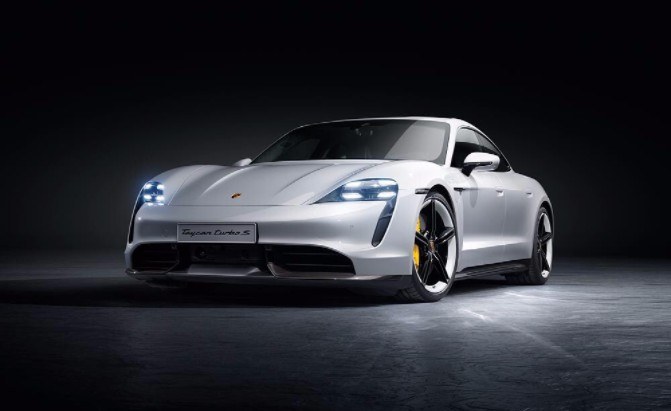
















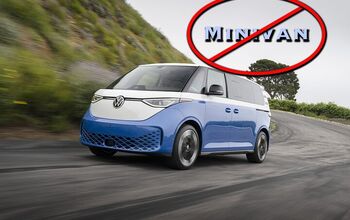


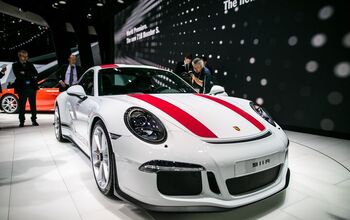

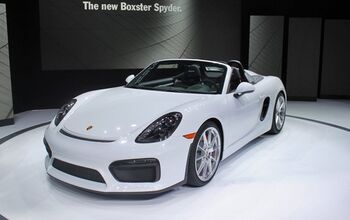
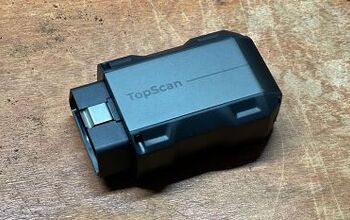
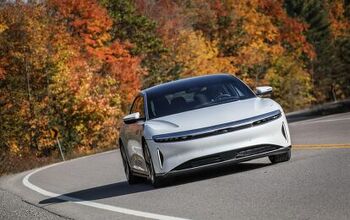
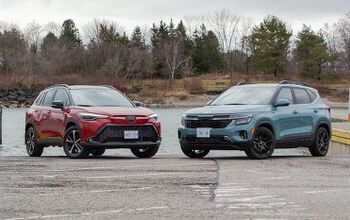

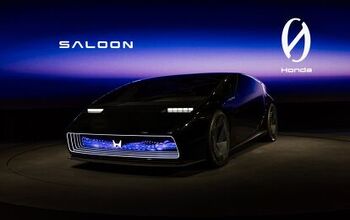
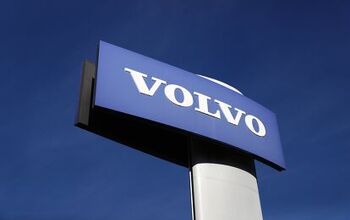
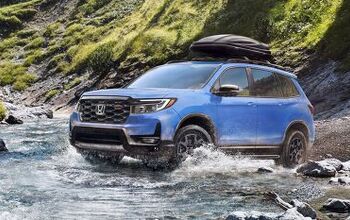
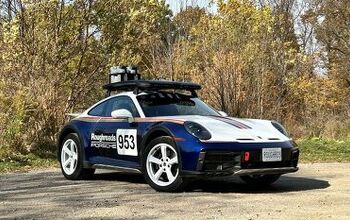
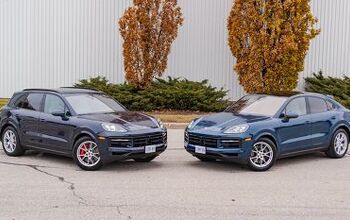


Comments
Join the conversation